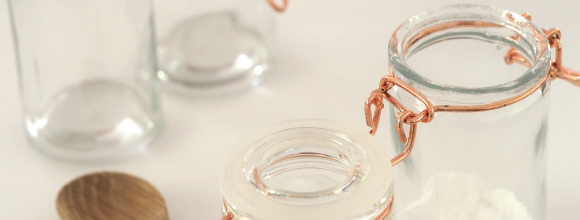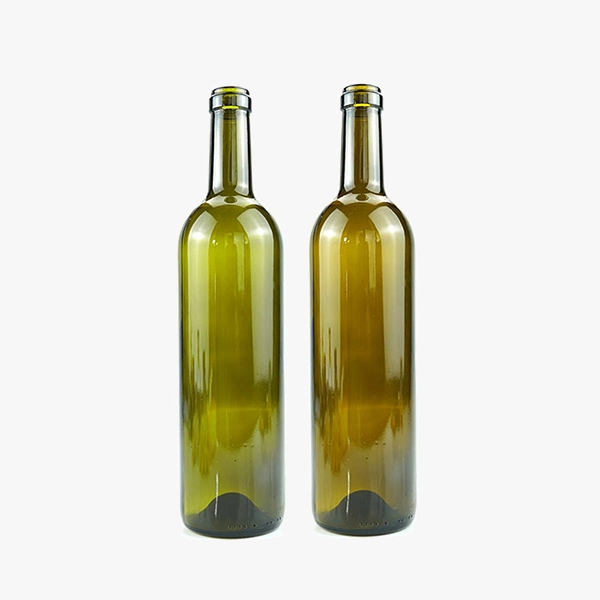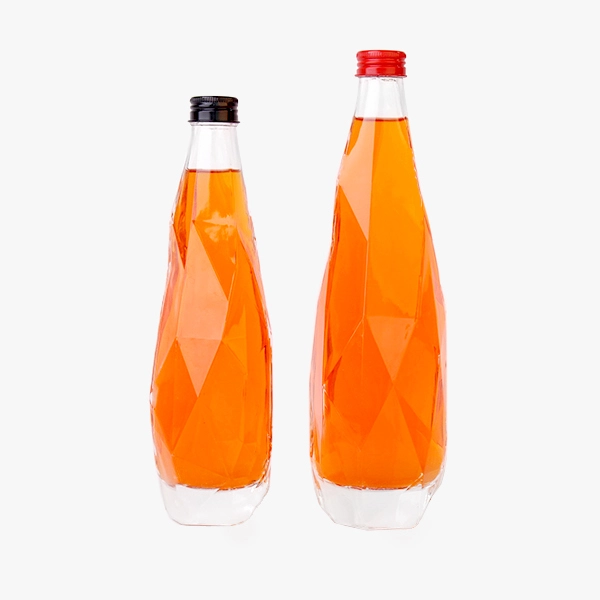How to Choose the Right Sauce Bottle
Choosing the right sauce bottle can make a big difference in your kitchen or restaurant. Whether you need a bottle for cooking sauces at home or for a professional setting, the right bottle helps keep your sauces fresh and easy to use.
This guide will explain what to look for when choosing a sauce bottle and why you might pick a glass sauce bottle over other types. We will cover different bottle types, materials, design features, and how to care for your bottle once you have it.
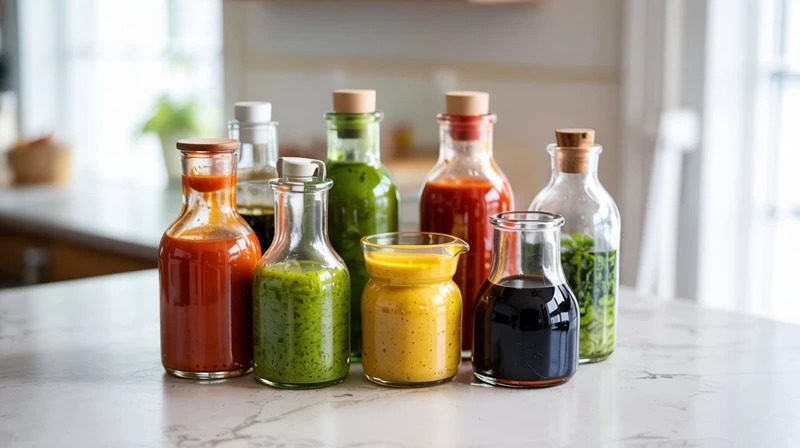
Why Choosing the Right Sauce Bottle Is Important
When you choose the right sauce bottle, you ensure your sauce stays fresh and tastes good. A well-chosen bottle also helps avoid spills or leaks when cooking or serving food. Here are some reasons why choosing the right sauce bottle matters:
- Keeps Sauces Fresh: A good bottle will have a tight seal that keeps air and dirt out, keeping your sauce fresh for longer.
- Prevents Waste: A bottle that is designed well can help you pour just the right amount of sauce, so you do not waste any.
- Easy to Clean: Some bottles, like a glass sauce bottle, are easier to clean because they do not hold on to smells or stains.
- Adds to Kitchen Safety: A secure bottle prevents spills that can cause accidents in the kitchen.

How to Choose the Right Sauce Bottle for Your Needs
When choosing the right sauce bottle, several factors should guide your decision. Each consideration helps ensure you select a bottle that meets your unique needs, whether you are cooking at home or running a professional kitchen.
1. Purpose and Use
The first step is to think about the purpose of the sauce bottle and where it will be used most. For example, home kitchens and professional kitchens have different needs. In a home setting, the bottle might be used for storage and as a decorative element on the table during meals.
A bottle that looks attractive can add to the overall presentation of your dishes. On the other hand, a busy restaurant kitchen demands practicality and durability. In such environments, the bottle must be designed for heavy use, be easy to handle, and minimize the risk of spills.
Another important aspect is the type of sauce you plan to store. Sauces come in different consistencies. Some sauces are thick and chunky, while others are runny. If you are dealing with thinner sauces, a bottle with a nozzle or spout can be beneficial because it allows you to control the flow precisely. Conversely, thicker sauces might require a bottle to accommodate higher viscosity and allow smooth pouring without clogging.
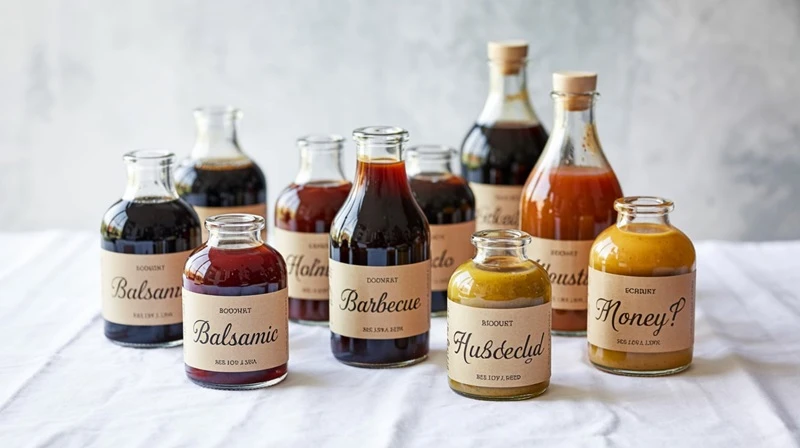
2. Material
The material of the sauce bottle is one of the most critical factors to consider. Each material comes with its benefits and potential drawbacks.
Glass Sauce Bottle
For many, a glass sauce bottle is the top choice. Glass is inert, meaning it does not react with the sauce inside. This quality helps to keep the flavor of your sauce pure without any unwanted tastes. Glass sauce bottles are also very easy to clean. They do not stain or hold onto odors, which is a significant advantage if you frequently change the types of sauces you store. However, glass bottles are heavier than plastic ones and can break if dropped, so they require a bit more care during use and storage.

Plastic Bottles
Plastic bottles are another common option. They are lightweight, less likely to break, and often more affordable than glass. For everyday use, especially in busy environments, plastic can be a practical choice. However, over time, plastic may absorb smells and flavors, particularly if it gets scratched. These scratches can harbor bacteria and make cleaning more difficult. When choosing a plastic bottle, ensure it is made of food-safe materials to reduce any risk of chemical leaching into your sauces.
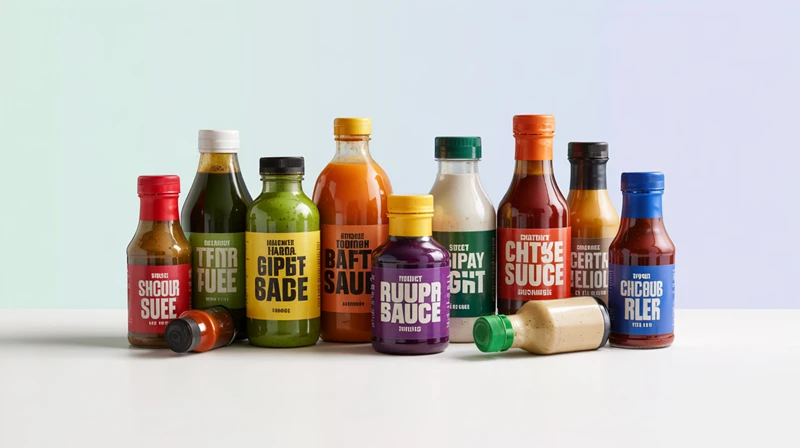
Other Materials
There are also sauce bottles made from metal or ceramic. Metal bottles can be very durable and have a sleek, modern appearance. However, they may not be ideal for storing all types of sauces because some metals can react with acidic ingredients, altering the taste of the sauce. Ceramic bottles offer a unique and decorative option, especially for presentation purposes, but they might not be as practical for everyday use due to their weight and fragility.
3. Design and Shape
The design and shape of your sauce bottle are also essential. A well-designed bottle should make the process of pouring sauce easy and controlled. Look for features such as a nozzle or spout, which help prevent the sauce from splattering and allow for more precise application. This is particularly useful when you need to drizzle a small amount of sauce over a dish.
The ergonomics of the bottle are equally important. A bottle with a comfortable handle or grip can reduce fatigue during prolonged use. If you plan to use the bottle frequently, especially in a restaurant environment, the bottle should feel balanced and be easy to hold in one hand. Additionally, consider the shape of the bottle in relation to the storage space you have available. If your kitchen has limited cabinet space, a slim, compact bottle might be a better choice.
4. Capacity
Capacity is another crucial factor to consider when choosing a sauce bottle. The size you select should match your usage patterns. For a busy restaurant, a larger bottle may be ideal to reduce the frequency of refills. In contrast, for home cooking, a smaller bottle might be sufficient and easier to manage.
When evaluating capacity, also think about how often you will need to refill the bottle. A bottle that is easy to fill and pour can save you time and reduce mess. If you prepare sauces in large batches, a higher-capacity bottle will likely be more convenient, as it minimizes the number of times you need to stop and refill during a busy service.
5. Seal and Closure
A good seal is essential to prevent leaks and spills, whether you are transporting the bottle or storing it for extended periods. Look for a sauce bottle that offers a tight, secure closure. This is particularly important if you plan to store sauces in the refrigerator or carry them to events. The ease of opening and closing the bottle should not be overlooked either. A bottle that is too difficult to open may slow down your cooking process or frustrate users who handle the bottle frequently.
6. Cleaning and Maintenance
Cleaning is a practical concern that can affect the longevity and performance of your sauce bottle. Many glass sauce bottles are dishwasher safe, which makes cleaning them hassle-free. Bottles that can be easily disassembled allow you to clean every nook and cranny, ensuring that no sauce residue is left behind. Look for bottles with a simple design and smooth surfaces. Avoid designs with hidden crevices where sauce can accumulate and become difficult to remove, as these areas can also harbor bacteria and compromise food safety.
7. Price and Value
Finally, consider your budget and the overall value of the sauce bottle. Sauce bottles are available in a wide range of prices, so it is important to find one that fits your budget while meeting your needs. Although a high-quality bottle may have a higher initial cost, its durability and ease of maintenance can make it a worthwhile investment over time. It is often better to spend a bit more upfront for a bottle that will last longer and perform better than one that may need frequent replacement.
Quality versus cost is a balancing act. Sometimes, paying a little extra for a bottle with better features, such as a secure seal, easy-to-clean design, and ergonomic shape, can save you money in the long run. Evaluate your options carefully, reading customer reviews if possible, to ensure that you choose a sauce bottle that provides good value for the price.
Steps to Choose the Best Sauce Bottle
If you are ready to choose a sauce bottle, follow these simple steps:
Step 1: List Your Needs
Write down what you need in a sauce bottle. Ask yourself these questions:
- What type of sauces will I store?
- How often will I use the bottle?
- Where will the bottle be stored?
- Do I need a bottle that is easy to pour or one that looks good for serving?
Step 2: Research Different Materials
Look at the advantages and disadvantages of different bottle materials:
- Glass Sauce Bottle: Great for taste and cleaning.
- Plastic Bottle: Durable and lightweight.
- Other Materials: May be good for special uses or decoration.
Step 3: Compare Designs and Features
Make a list of features that are important:
- Does the bottle have a spout or nozzle for controlled pouring?
- Is there a handle or grip that makes the bottle easy to hold?
- Can the bottle be disassembled for thorough cleaning?
Step 4: Set a Budget
Decide how much you are willing to spend. A glass sauce bottle might cost a bit more than a plastic one, but consider the long-term benefits.
Step 5: Read Reviews and Ask for Opinions
If you are buying a sauce bottle online or in a store, read customer reviews. Reviews can help you understand the real-life benefits and issues with a bottle. You can also ask friends or colleagues for their opinions, especially if they work in a kitchen.
Step 6: Test the Bottle
If possible, test the bottle before making your final decision. Check:
- How easy it is to pour the sauce.
- If it leaks when turned upside down.
- How simple it is to clean after use.
Step 7: Make Your Decision
After you have gathered all the information, choose the bottle that best fits your needs. A good choice might be a glass sauce bottle to keep your sauce taste pure and have an easy-to-clean option. Make sure the bottle meets your design, capacity, and durability requirements.
Why Choose Yanjia Packaging for Your Sauce Bottles?
When finding the perfect sauce bottle, Yanjia Packaging offers quality and variety. With a focus on providing high-quality glass sauce bottles, Yanjia Packaging ensures that your sauces remain fresh, flavorful, and safe.
Glass is an ideal material for preserving the original taste of your sauces, as it does not absorb odors or interact with acidic ingredients. Yanjia Packaging offers bottles in different sizes, designs, and functionalities, allowing you to choose the best fit for your kitchen or restaurant needs.
Yanjia Packaging understands that every sauce has unique requirements. That is why they offer bottles with different types of closures, including twist-off caps, flip-top lids, and spout designs that make pouring sauces easy and precise. The bottles are also designed with practicality, featuring easy-to-clean surfaces and dishwasher-safe glass. These features save you time and effort, especially in a busy kitchen.
With years of experience in the packaging industry, Yanjia Packaging is committed to providing reliable and durable products. Their glass bottles are made with high-quality materials, ensuring they are safe to use and aesthetically pleasing. Whether you need bottles for home use, a restaurant, or even a large-scale food production business, Yanjia Packaging has the expertise and product range to meet your needs.
Conclusion
Choosing the right sauce bottle is key to how your sauces are stored, served, and enjoyed. By considering factors like type, material, design, capacity, and ease of cleaning, you can select a bottle that meets your needs.
A glass sauce bottle, for example, keeps the taste pure and is easy to maintain. Following these guidelines ensures that your sauces remain fresh, enhances kitchen safety, and adds a pleasing look to your table.
Whether you choose a glass bottle for its purity and ease of cleaning or another type for its durability, making an informed decision will elevate your cooking experience. Take your time to select the bottle that fits your needs best, and enjoy the benefits of a well-chosen sauce bottle.
Contact Yanjia Packaging today to explore our customized sauce bottle solutions and take your brand to the next level. Let us help you create a packaging experience that impresses your customers and enhances your product’s taste and presentation.

